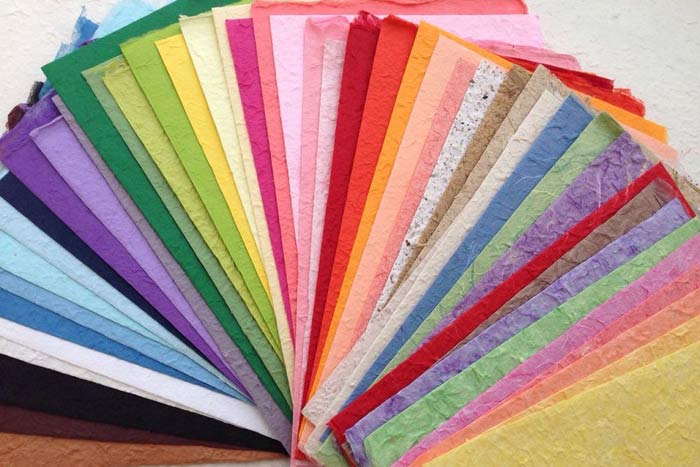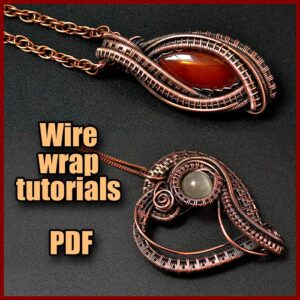Best paper for decoupage. Decoupage materials. Decoupage tissue paper. Rice paper for decoupage. Paper napkins for decoupage. Printed tissue paper for decoupage.
Rice paper for decoupage
Table of Contents
Rice paper for decoupage is the most beautiful and convenient material for decoupage. It is very thin, quite friable, and resembles blotting paper in its qualities. It is made from rice straw. It is very delicate, so do not moisten it with water before work, it needs to be wet only when we start gluing.

Rice paper for decoupage comes in a variety of colors – monochrome and patterned. Monochrome paper is used to create the background of a motif or to cover the entire surface with one color. Rice paper with a pattern is used to form images by cutting out various objects from it. It is very convenient to work with it because it combines the properties of Paper napkins for decoupage and decoupage cards. It is transparent and gets easily impregnated by glue and varnish (like napkins). But at the same time, it is as durable as decoupage cards.
Rice paper for decoupage lies well on any surface and does not have folds even in the curved shape. When working with it, you can use any glue, varnish, primer. Glue is applied with a brush on top of the paper. The wet rice paper should not be torn, otherwise, the edges get fluffy and after drying they have to be sanded a little.

Rice paper for decoupage with patterns is better glued to a background made of monochrome paper of the same kind, as the fibers of the background and the picture should be homogeneous and the same. Rice paper lays very well on the glass surface, mattifying it and preparing it for further work. You can find rice paper with a wide variety of patterns and different colors in stores.
Rice decorative paper for decoupage

Mulberry decorative paper is similar to Rice paper for decoupage, but a little softer. It is used for decoupage on glass surfaces for scrapbooking (decoration of photo albums on various themes) and other works. Most often, when decorating the background or the entire surface, mulberry paper is torn into small pieces and glued to the prepared surface so that the edges of the following piece slightly cover the edges of the previous one. In any case, it is not recommended to cut it with scissors, as the edges will later stand out strongly.

The structure of the mulberry paper is very visible on a glass surface. It is better to glue it on a light surface because the dark background will be very visible from below and the color of the paper itself may be perceived differently. The surface should be prepared for gluing in the same way as when you glue Paper napkins for decoupage and decoupage cards. Glue is applied with a brush over the motif.
Sometimes painted metal surfaces do not need to be cleaned from paint before decoupage. In order to check this, you need to glue a piece of Decoupage tissue paper on a small area. If it will lay well, then the paint can be left untouched.
Decoupage Cards.
Decoupage cards are sheets of paper on which the pattern is typographically printed. To put it simply, it is Printed tissue paper for decoupage. Their name comes from the Italian “carta per decoupage”, which means “paper for decoupage”. Decoupage cards come in different densities, thicknesses and sizes – everything depends on the manufacturer. They differ from Paper napkins for decoupage by the fact that decoupage napkins are thinner and more transparent. Decoupage cards are not translucent. The thinnest cards are made of Rice paper for decoupage. But they are more expensive. The denser the decoupage card is, the cheaper it is.

When working with a decoupage card, always remember that the denser it is, the more effort it will take to glue it down. In order to smooth out the borders of the card pattern, many craftsmen resort to various tricks. Some people tear off the edges of the picture, others soak them in water, then remove the extra layers, and others sand with fine sandpaper.
The decoupage cards are usually glued as follows. The picture is cut exactly along the contour and soaked in water so that the picture absorbs it completely. Take it out of the water and put on a clean towel. Remove excess water with paper towels. Apply glue to the back of the picture and the working surface of the piece.

The pattern is glued by straightening small fragments with a finger soaked in glue. Be sure to gently press with your finger to remove air bubbles, as if squeezing them out from under the paper. Start gluing from the central part of the picture, as that is where the air accumulates.
Remember that you cannot sand the back side of the decoupage card.
If the decoupage cards are made of mulberry paper, you can tear out the drawings instead of cutting them out, just like you do with Decoupage tissue paper. Since mulberry paper is thin enough to tear out the motif nicely.
Paper napkins for decoupage
Paper napkins for decoupage are similar to regular napkins. The only difference is that they have a brightly colored pattern on the top layer. They come in 1, 2 and 3 layers. Only the top layer is used, the rest is removed. The most difficult thing about working with Decoupage tissue paper is that they are very thin and can get torn from one careless movement. It is also not easy to avoid forming folds on its surface.

So, first of all, cut out the motif. Then carefully remove 2 layers of the Paper napkins for decoupage, leaving only the top one. And you should know that if the manufacturer writes that the napkin consists of 3 layers, then it is true. Check: sometimes the middle layer is very tight to the top layer. The napkin has to be fluffed up at the cut point and all the lower layers should be separated. Sometimes the motif should be torn out rather than cut from the napkin. For this purpose, the edges of the motif are wiped with a wet brush and torn neatly along the border of the motif.
Napkins from different companies behave differently; each master chooses the Decoupage tissue paper he feels more comfortable working with. All the Paper napkins for decoupage are very thin, and the background is always visible through them, so they should be glued only on a light background.
When choosing between napkins and cards, always be guided by all their pros and cons. When working, be careful not to tear or wrinkle the Paper napkins for decoupage, as they are very thin and delicate (they are easily torn) – this is their 1st disadvantage.

But the great advantage is that after work, the motive looks like a whole piece on the surface and does not stand out. Another disadvantage is the semi-transparency of the napkin, so it cannot be glued to any background.
Decoupage cards are more durable: they don’t spread, don’t wrinkle, can’t be stretched, but their borders on the work surface are very clearly visible and it’s rather difficult to remove them. That’s why they are sanded or coated with multiple coats of varnish.
Printouts – Prints for decoupage, Printed tissue paper for decoupage.
Printed tissue paper for decoupage is also often used in decoupage. For this purpose, it is better to choose thin and a little yellowish paper, as it absorbs glue better.

Sometimes tracing paper is used. You can also print on the bottom white layers of napkins. But first, you need to iron them, fix them with tape on the back side of the paper, and put the prepared sheet into the printer. To make the transition less noticeable, you can sandpaper the printout on the back side. If you print on an inkjet printer, then spary the front side of the paper with any spray adhesive to prevent the colors from blurring.
Printed tissue paper for decoupage prepared in this way is put in water for a few minutes first, then remove excess moisture with paper towels and apply glue. Then they can be glued to the work surface.
Postcards for decoupage.

Postcards are used less often than decoupage cards and napkins. Before gluing, the postcard is soaked and all the layers should be removed so that only a thin upper layer is left. This layer will be glued to the surface. This can be done with fine sandpaper.
Pictures from magazines, photos for decoupage.

Pictures from magazines, photos are glued just like prints. First, the top layer is sprayed with varnish to prevent the colors from blurring, then soaked in water and only the top layer is glued.
See related posts








